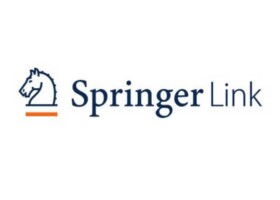
Authors:
Maximilian Petri, Simon A. Euler, Grant J. Dornan, Joshua A. Greenspoon, Marilee P. Horan, J. Christoph Katthagen, Peter J. Millett
Abstract:
Introduction:
The use of total shoulder arthroplasty (TSA) to treat primary glenohumeral osteoarthritis (GHOA) is increasing. Factors influencing patient satisfaction after surgery have not been well documented. The aim of this study was to determine demographic, radiologic, and surgical, factors predictive for satisfaction after TSA for GHOA.
Materials and methods:
Between 2005 and 2012, 95 shoulders undergoing TSA for GHOA by a single surgeon were eligible for inclusion in the study. Age, gender, previous surgeries, American Society of Anesthesiologists (ASA) score, and Walch glenoid morphology were analyzed as satisfaction predictors. Patients with Walch glenoid type C were excluded.
Results:
Data on 80/92(87 %) shoulders were available at a mean of 3 years (range 2-9). Three complications (3 %) and 2 failures (2 %) occurred. The outcome scores collected significantly improved from preoperative values (p < 0.05). Median patient satisfaction was 10/10. Gender, age, previous surgery, ASA score, and Walch morphology were not associated with patient satisfaction.
Conclusions:
TSA provided excellent results for patients with idiopathic GHOA with low complication and failure rates. Outcomes after TSA for type B glenoid morphology with posterior subluxation were similar to outcomes after TSA for centered type A morphology. Overall patient satisfaction was high and was not influenced by the demographic, anatomic, and surgical variables investigated.
For the complete study: Predictors for satisfaction after anatomic total shoulder arthroplasty for idiopathic glenohumeral osteoarthritis
